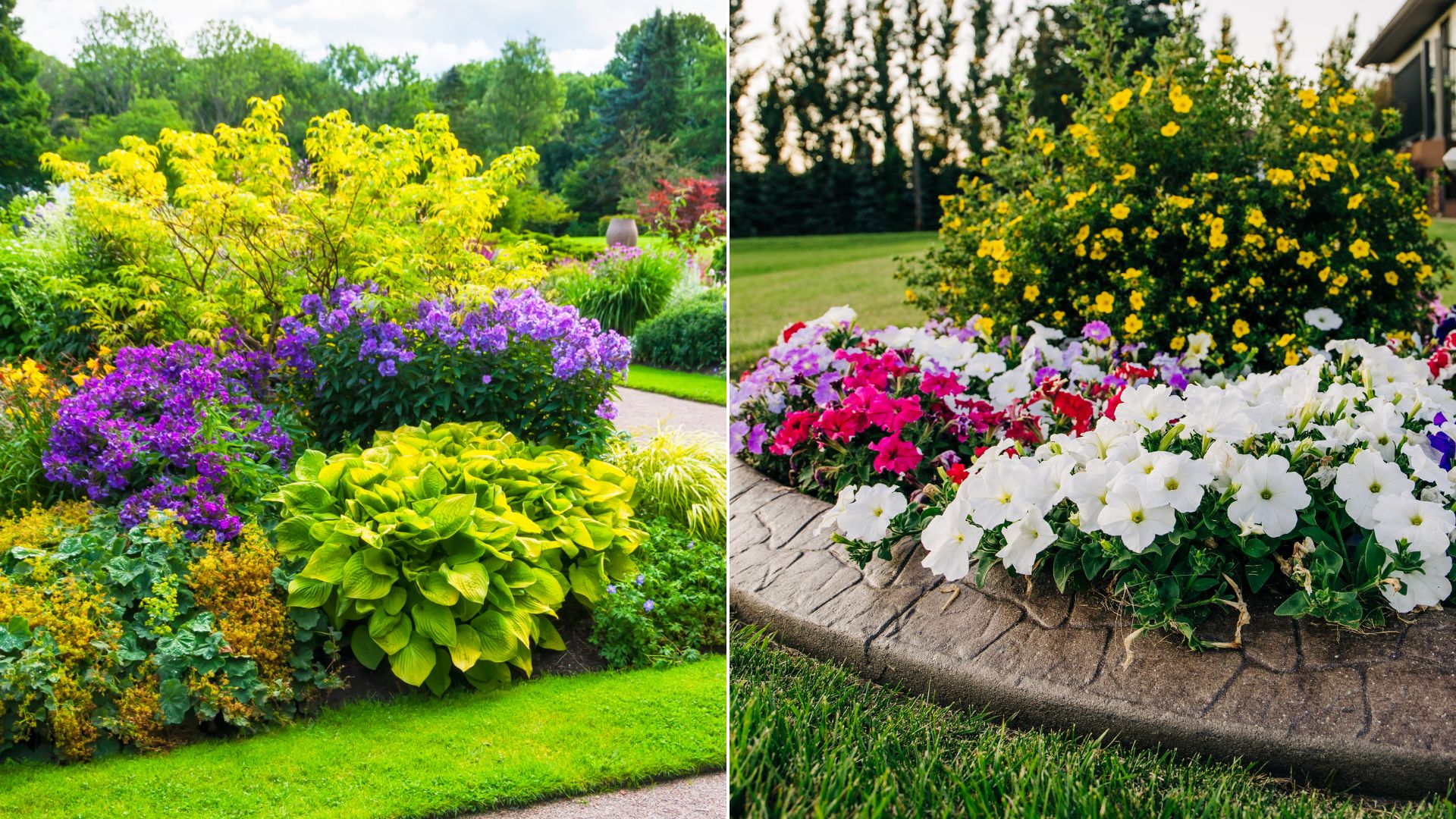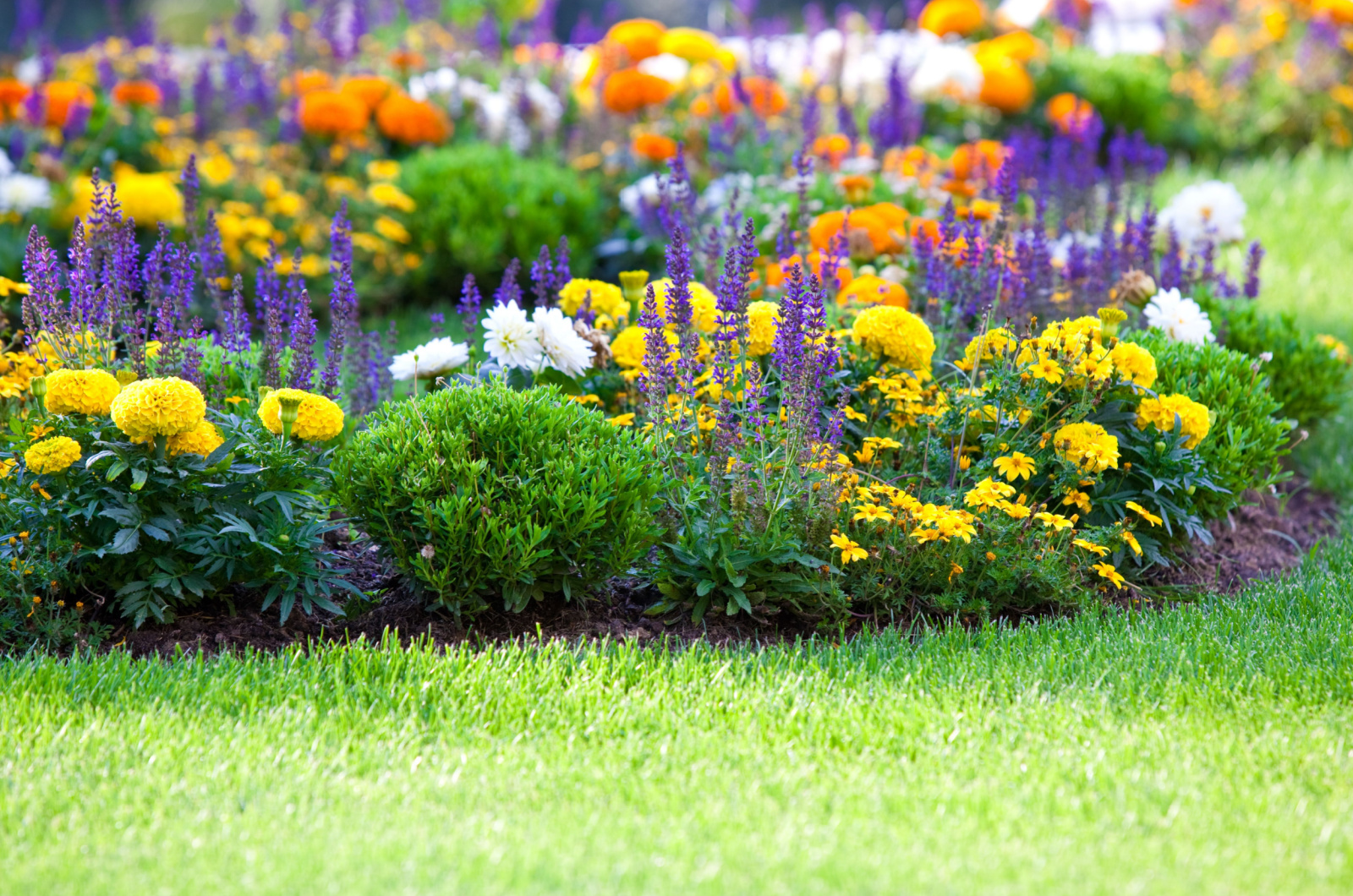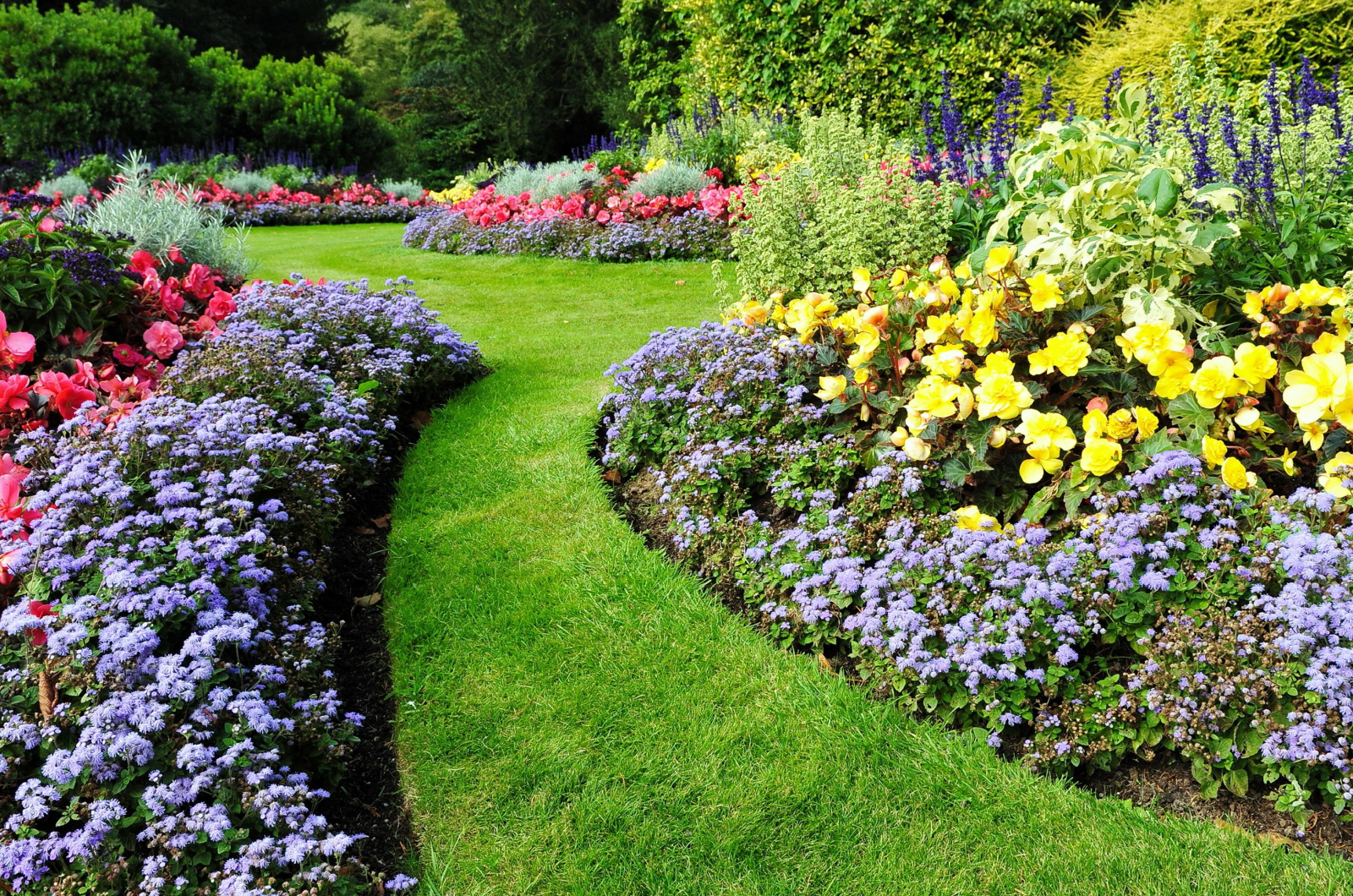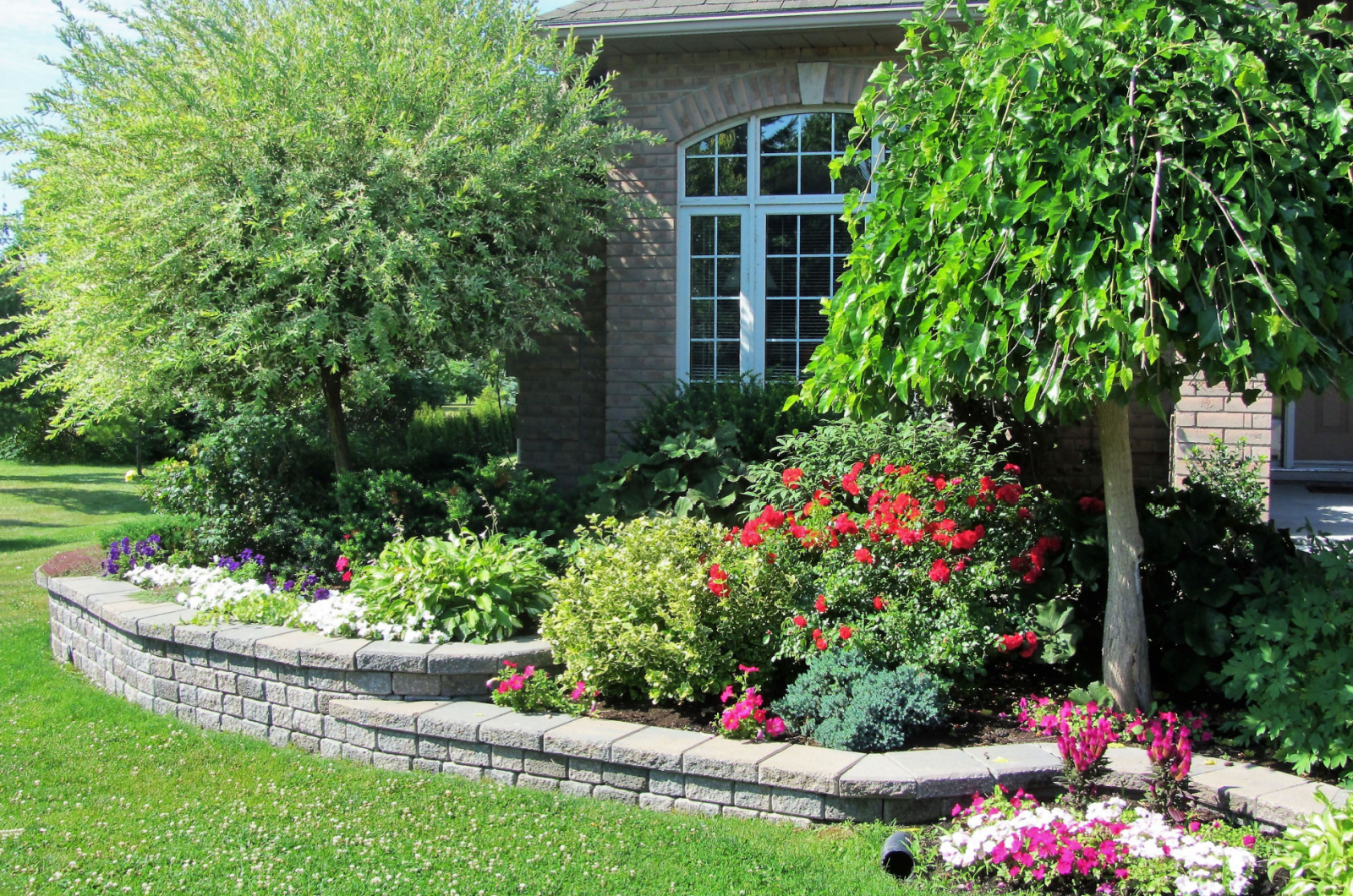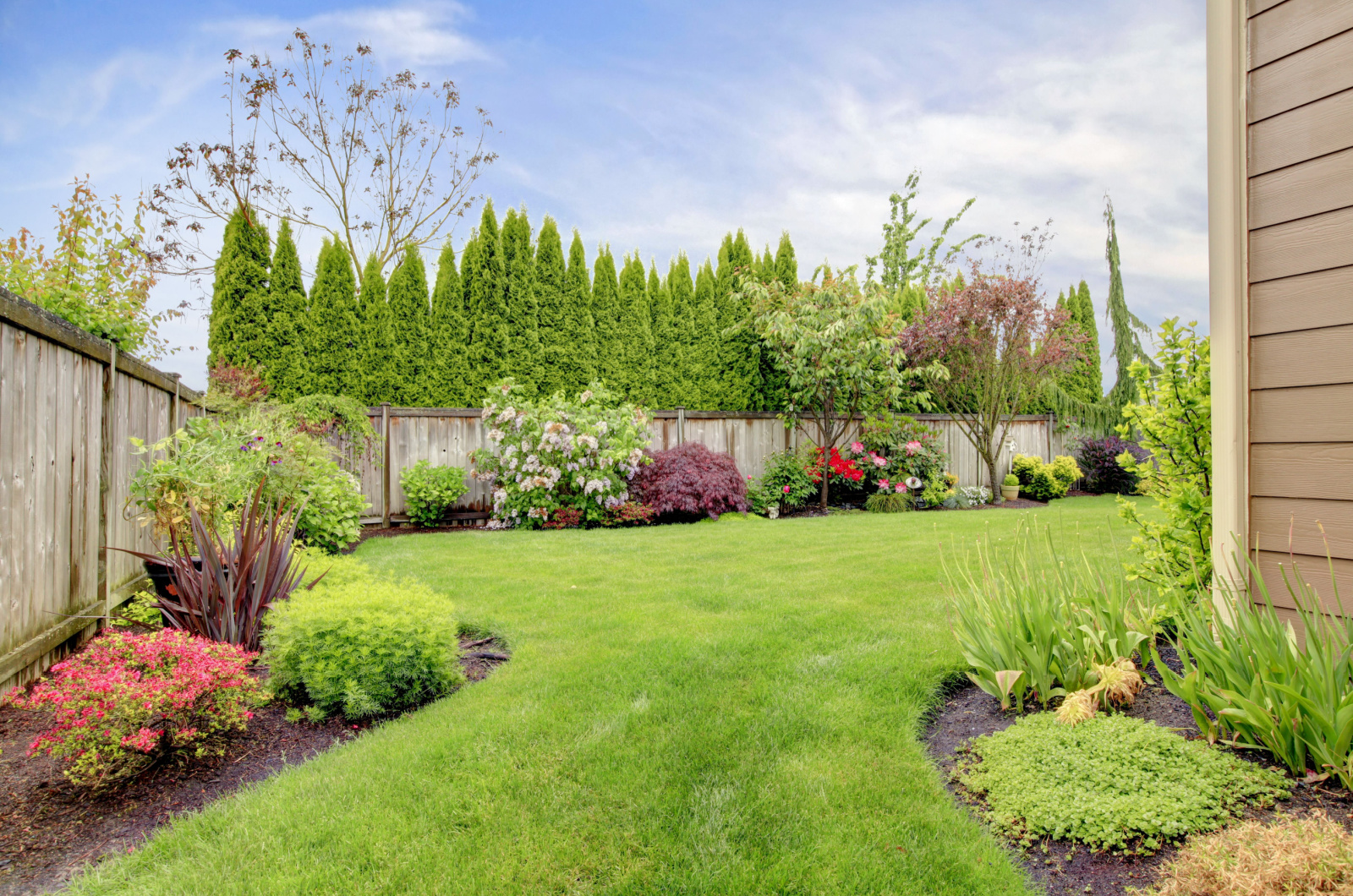It’s summer and flower beds are covered in colorful and scented blossoms, and that is actually how it should be during this season.
However, some of you may not be this lucky. If you aren’t satisfied with the appearance of your garden and struggle with weeds and stunted plant growth at this point, I’m sure you’re wondering what went wrong.
I’ll show you the most common mistakes that are ruining your flower beds and give you some tried-and-true tips to make them thrive.
Let’s get started!
1. Choosing The Wrong Plants
Admit it, when you were planning your flower beds, you randomly selected seed packets. That’s completely normal, I mean all plants look breathtaking.
The main problem with this type of ‘selection’ is that not all plants thrive in the same conditions or the conditions you have in your garden. It’s essential to research well before purchasing any seeds.
This includes observing your flower bed(s) and checking the sun exposure. If there isn’t much sun reaching your flower bed, you might consider plants that thrive in shady locations.
Another factor to consider is the USDA growing zone. You should select plants based on your climate to avoid temperature issues.
Checking plant requirements is another thing you shouldn’t skip when starting your flower beds. If you’re a beginner, I highly recommend choosing some low-maintenance flowering plants.
Remember that some plants are very challenging to grow since they require constant monitoring, watering, feeding, and pruning.
2. Not Testing The Soil
Another mistake many gardeners make is not testing the soil before planting. Soil is the main source of nutrients and plants can deplete them over time.
If your freshly-planted flowers don’t develop at the speed they should, they might lack essential nutrients or soil pH may be wrong.
To avoid all these issues, perform a soil test at the beginning of each planting season. Applying store-bought or homemade fertilizers will fix nutrient levels in the growing medium.
Plant growers may face issues with the structure of their soil. Most plants don’t respond well to heavy soils, so adding free-draining ingredients, such as perlite or coco coir, is the best thing you can do.
Your flower beds must be completely clean, so clean any debris or stones.
Finally, make sure to add a layer of mulch every season to prevent weed development and help the soil regulate temperatures and retain enough moisture.
3. Overcrowding
Filling up flower beds is one of the most exciting things ever! There are so many colorful plants that will fit perfectly!
Unfortunately, you can’t plant all of them. Well, technically you can but you’ll end up with overcrowding. This may lead to numerous issues, with stunted growth the most common one.
Hungry plants will steal all the nutrients from the soil and weaker plants will most likely die off as a result.
Don’t spend money on seed packets but rather research how much space plants require and then calculate how many you need.
For instance, you’ll need to ensure about 12 inches of space between each lavender or dahlia plant.
If your current flower bed has this issue, you should take out some plants and plant them in separate containers.
4. Leaving Open Patches Of Soil
To all the growers who are afraid of overcrowding, you can’t leave some parts of your flower bed bare! This doesn’t have to do much with appearance but rather with weed development on those patches.
Weed seeds are carried by the wind and they’ll germinate once they come into contact with soil. One of the solutions is to plant groundcover plants that prevent weeds, such as creeping phlox or Irish moss. They’ll form a dense mat over the soil and weeds won’t be able to protrude.
Other benefits of these plants include aiding erosion control and helping the soil retain moisture.
If you don’t like any of these plants, there’s another thing you can do. Mulching can also help you prevent weed growth on your flower beds. Weeds can’t protrude on the surface and don’t have access to sunlight.
There’s one thing you should pay attention to if you decide on mulching. It can also prevent other seedlings from growing, not just weeds, so you should have a planting strategy.
5. Choosing Invasive Plants
I already talked about choosing the wrong plants at the beginning of the article, but I believe choosing invasive plants is a mistake that should be discussed separately.
Yes, one of the consequences of this mistake is stunted growth of plants but there’s more to consider. Invasive plants generate new growth constantly and they won’t only take over your flower bed but also your yard.
Some invasive species pose a threat to surrounding infrastructure and wildlife (1), so double-check the type of plant before purchasing, or consult with local authorities.
There are so many wonderful native species that thrive in shade or full sun, so they should always be the choice over non-native plants.
6. Not Arranging By Height
Suppose you’ve chosen plants that fit your flower bed when it comes to appearance and growing requirements, you tested the soil and considered spacing. But once you start planting, there’s one more thing to pay attention to.
You should order your plants by height for several reasons. The first one is appearance; tall plants create excellent focal points. Second, planting taller plants in the center won’t cast a shadow over shorter species.
Watering and general maintenance get easier; it may be pretty challenging to water short perennials when they’re hidden by large species.
Therefore, check the estimated mature height of a specific plant. If it grows larger than expected, you can transplant it somewhere else the next season.
7. Not Considering The Surroundings
If your flower beds looked amazing last year but failed this year, it may not be related to growing conditions at all.
Take a look if something was added to the surrounding area, such as a tree, fence, or building. They may block sunlight from reaching your plants, which results in poor growth.
Also, if you have any trees in your yard, it’s possible their roots have significantly developed and they’re stealing nutrients from the soil.
Choosing hardy plants that thrive in various conditions and are highly adaptable is the best thing you can do the next season. Alternatively, choose another location in your yard for a new flower bed, of course, if possible.
Don’t be discouraged, your flower beds will thrive next year; all you need to do is follow the tips above!
References
1. The Problem With Invasive Plants | About Invasive Plants | The City of Portland, Oregon. (2016, February 17). https://www.portlandoregon.gov/bes/article/330681

